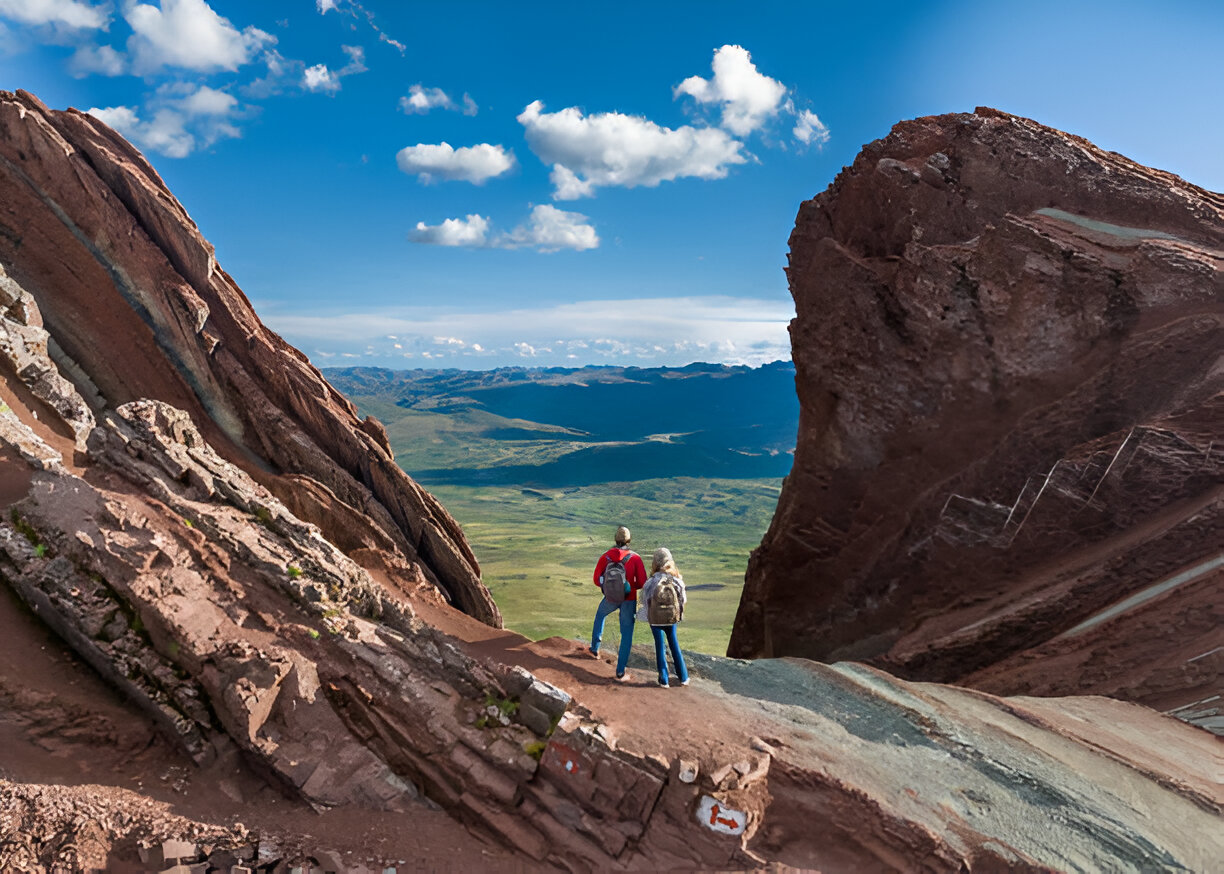Cusco, the historic capital of the Inca Empire, is perched at an impressive elevation of 3,399 meters (11,152 feet) above sea level. This stunning altitude not only offers breathtaking views of the surrounding Andes mountains but also presents unique challenges for travelers. Visitors often experience altitude sickness, which can manifest as headaches, dizziness, and fatigue. To enjoy your stay in this magnificent city, it’s essential to acclimatize properly.
Acclimatization is crucial when visiting Cusco due to its high elevation. It’s recommended to spend a few days in the city before embarking on any strenuous activities. During this time, drink plenty of water, avoid alcohol, and consider consuming coca tea, which is known to help alleviate altitude-related symptoms. Exploring the city’s rich history and culture at a leisurely pace allows your body to adjust gradually.
Cusco’s elevation also contributes to its unique climate, characterized by cool nights and sunny days. The best time to visit is during the dry season, from May to September, when the weather is more predictable. This is also the peak season for tourism, so be prepared for larger crowds at popular attractions such as Sacsayhuamán and the Plaza de Armas.
For those planning a trip to Cusco and Machu Picchu, consider visiting Peruways. They offer valuable resources and guidance on how to navigate the high altitude, ensuring a smooth travel experience. With the right preparation, you can enjoy the incredible beauty and history that Cusco has to offer without the discomfort of altitude sickness.
In summary, understanding the elevation of Cusco is vital for any traveler. With careful planning and the right resources, you can have an unforgettable journey in this enchanting city.










Comment (0)